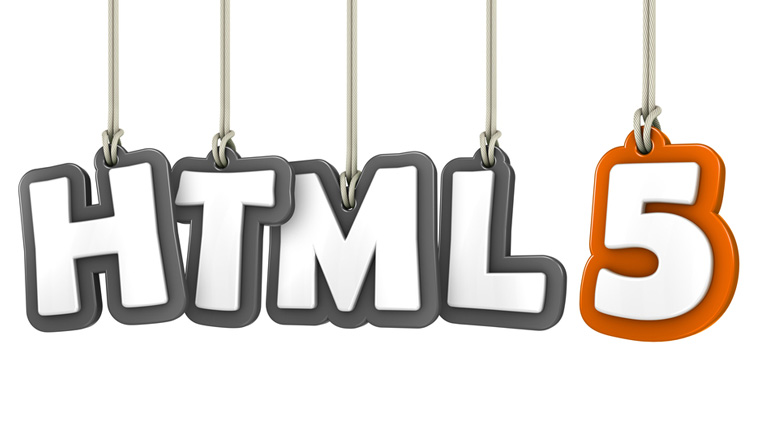Converting Flash Courses to HTML5? 5 Tips to Select the Right Vendor
When you decide to outsource the conversion of your Flash-based legacy courses, ensure it is done the right way. Consider the factors discussed in this post to partner with the right vendor and make the best use of your legacy courses. Choosing the right vendor will give a new lease of life to your old courses!

Do you know that organizations won’t be able to run their Flash courses after 2020? And, also that their courses won’t run on browsers such as Mozilla and Firefox? After Adobe announced to withdraw its support for Flash1, we know for sure that Flash will cease to exist by 2020.
Flash to HTML5 Conversions – Tips to Select the Right Vendor
- Analyze the vendor’s expertise in legacy course conversion
- Check their ability to match your requirements
- Assess the time taken to provide the deliverables
- Factor the cost considerations
- Look if the vendor can provide value add-ons
With this backdrop, organizations are fast switching from Flash-based eLearning to HTML5 (Hyper Text Markup Language) based learning. Unlike Flash, HTML5 functions on modern day browsers and has the ability to run online courses across different mobile devices. Thanks to HTML5, mobile learning is now a reality. While all this is happening, organizations like yours, that have Flash-based e-learning courses must be in a fix as to what happens to all their courses.
First of all, you should create an inventory of eLearning courses, activities, videos, and audio elements that are Flash-based, so that the resources are ready. Now, decisions have to be made about which courses are to be converted to HTML5 and whether you want all the courses to be converted at once, or prioritize them accordingly. What next?
You need to analyze whether you want to convert the legacy courses in-house or outsource the conversion. If you decide to outsource the conversion, you need to find the right eLearning vendor for your legacy course conversions. Here are 5 simple steps to help you spot your right match.
1. Analyze the Vendor’s Expertise in Legacy Course Conversion
Learning about the eLearning vendor’s background cannot be stressed enough. Ending up with a less-experienced vendor in legacy course conversions can lead to the failure of the entire endeavor. There are several eLearning vendors who are boutique companies, not skilled in legacy course conversions.
Focus on the vendor’s ability, rather than the size of the organization. Ensure the vendor has ample experience working with large clients in your industry and is comfortable with global audiences. Consider these questions while researching the vendor’s background:
- How many legacy course conversion projects have they completed?
- What is their expertise in using authoring tools?
- Do they have expertise in a particular authoring tool or can they work with all?
Additionally, look if they are competent in the different methodologies of Flash to HTML5 conversion – Record, Republish, Rebuild, and Redesign.
2. Check their Ability to Match your Requirements
Let’s consider this scenario, an organization has 200 legacy courses to be converted to HTML5 as soon as possible. Keeping in mind the strict timelines, will the vendor be able to deliver the final converted courses, without compromising on quality?
Conversion of courses can be a long and tedious task and more so if the vendor does not have set processes and a skilled team for the job. You should ask the vendor about their development and quality processes. Select a vendor who adheres to streamlined communication workflows, development processes, and strong project management principles.
The vendor should provide scope for discussions, reviews, and revisions that go during the process. Set processes help in avoiding unnecessary delays and rework. Also, consider looking at the team size of the vendor, since ultimately they are the ones who hold the required skills necessary for legacy course conversions.
3. Assess the Time Taken to Provide the Deliverables
As mentioned before, a vendor should be able to deliver the converted HTML5 courses adhering to quality, but not at the cost of time. As important as it is to maintain the standard of converted courses, it is also important to finish the project on time.
To analyze which vendor can stick to the given timeframe, give prospective vendors a sample course to develop and check how fast they can do it. Select one who is able to complete and deliver the course with all the reviews and expected quality.
4. Factor the Cost Considerations
With other considerations being equal such as the turnaround time, quality, and skills, the bottom-line deciding factor for choosing the right vendor for legacy course conversions is the cost! While choosing a vendor, look into the cost and budget, which can be significantly different.
Organizations should outline the scope of work at the very beginning, discuss, and come to an agreement with the vendor. This is important since it eliminates scope creeps and additional costs later on. Organizations should clearly spell out their expectations to the vendor to know the cost of the finished project. The vendor should be able to give them the best deal, not eliminating the time and quality factors.
5. Look if the Vendor Can Provide Value Add-Ons
While looking for the right vendor for legacy course conversions, organizations should settle for the one who gives them value add-ons, apart from other considerations. What are value additions? Value additions can include:
- A library of templates
- Documented development processes and checklists
These will come handy when the organization needs further development in the future. These value-additions save time and effort as they are readily available and ready to use. Organizations can make use of these value additions without having to go back to the vendor.
When you decide to outsource the legacy course conversion process, ensure it is done the right way. Consider the above factors to partner with the right vendor to make best use of your legacy courses. Choosing the right vendor will give a new lease of life to your Flash-based courses!


![6 Amazing Benefits of Developing Content in HTML5 [Infographic] 6 Amazing Benefits of Developing Content in HTML5 [Infographic]](https://blog.commlabindia.com/hs-fs/hubfs/Imported_Blog_Media/6-benefits-of-developing-content-in-html5-infographic-1.png?width=650&height=1343&name=6-benefits-of-developing-content-in-html5-infographic-1.png)



